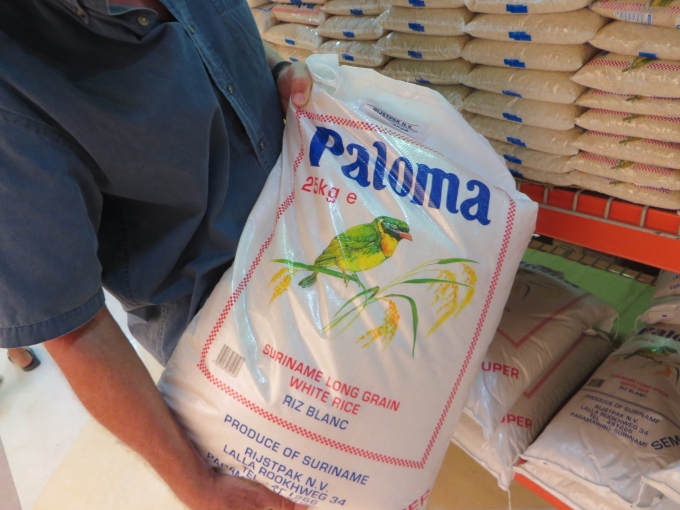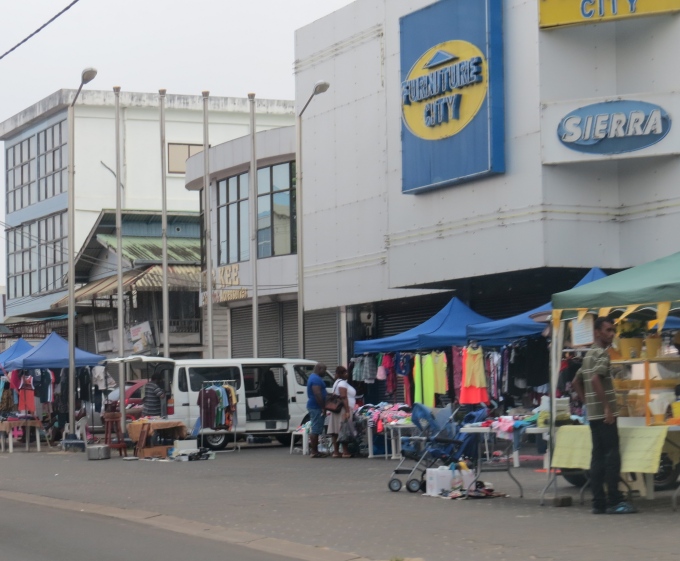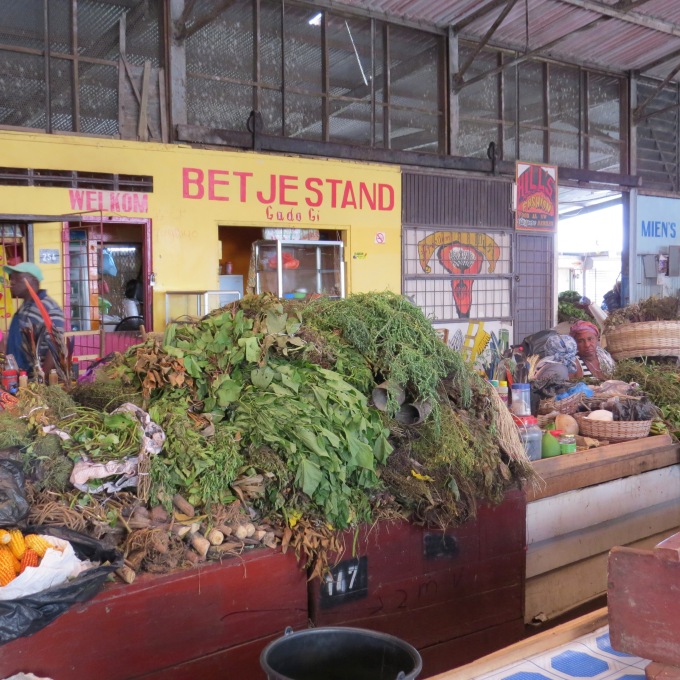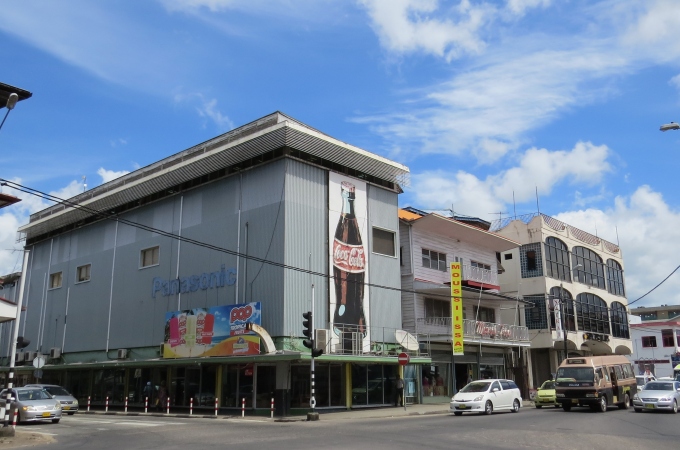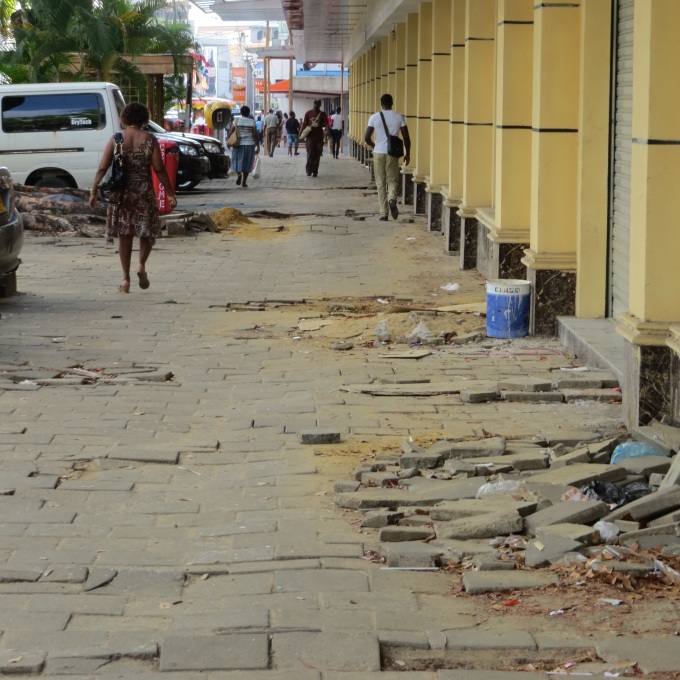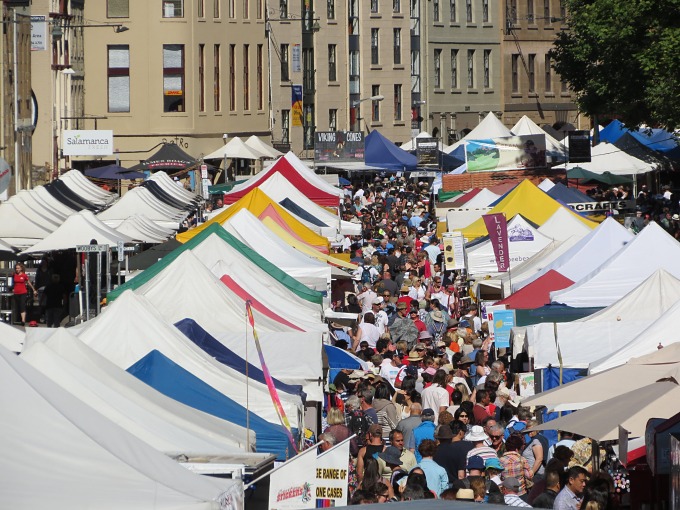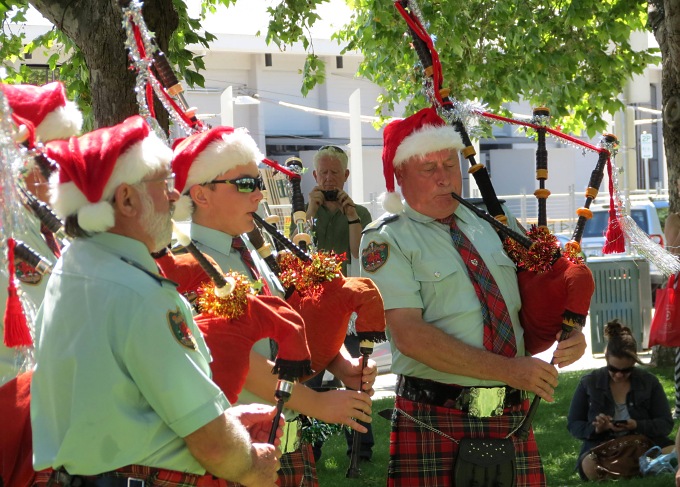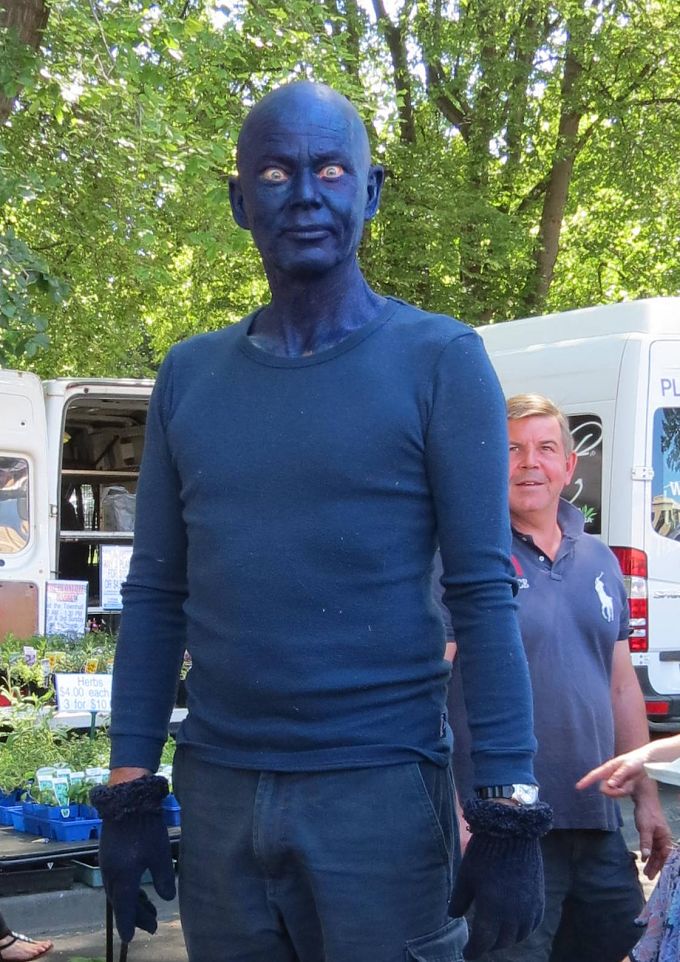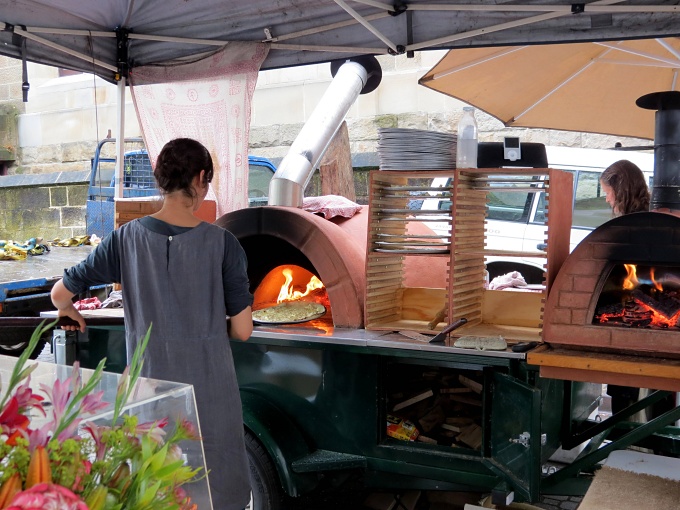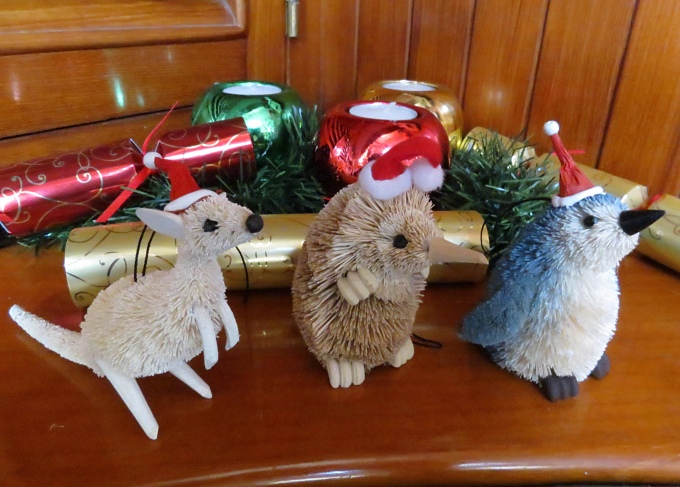Shopping in Suriname
/Shopping in Suriname, for groceries, souvenirs or whatever, is quite an experience. First of all, every little shop that carries any food products at all calls itself a supermarket. So there are lots of supermarkets listed that are no more than your typical mom and pop corner store. If the floor space is large, they call it a warehouse, even if the shelves are not stocked. It took us awhile to find Tulip, a bona fide first-world kind of supermarket for stocking the larder. The prices are relatively high here since most everything is imported from the States or Europe (Holland). I was amazed at the number of American products on the shelves … from Celestial Seasonings teas to Skippy peanut butter to Campbell's Chunky Soups and Velveeta cheese (really?). There was a rather large display of Old El Paso Mexican products and Pillsbury dominated the cake mix section. Even Newman's Own products have made it to Suriname. Lay's potato chips were available in mouth-watering flavors such as bolognese and paprika.
We were shopping for basics … canned tuna, rice, pasta and looking for exotics like Surinamese coffee or local specialty items. The only Surinamese products we saw were Parbo beer, Borgoe rum and Paloma rice. Rice is obviously a starch staple here, available in sizes from 1 kg to 50 kg. We'd already tried Parbo beer, but bought some rum and rice to support the local economy.
The selection of fresh produce was not impressive. The lettuce and grapes looked pitiful. Of course, they'd come all the way from California, so what can you expect? Nothing looked appealing. We'd rely on the Central market and roadside stands for our freshies.
We were a bit surprised at the check-out when we found that credit cards were not accepted here either. Once again, only cash. We had enough on hand, but really, trading in cash is mighty cumbersome.
We headed back downtown to the Central Market area. Along the road, several vendors had set up shop and were offering crops from their gardens. Melons seemed to be in season.
There were also several flea markets going on and business was brisk.
The Central Market was a bit of a disappointment. Not because of the quality, but rather the selection. The locals obviously sell what they grow and root vegetables and leaf vegetables seemed to be the prevalent offerings. Manioc and starchy tubers are not on our best buy veggies list. We gave them a pass. Little Surinam bananas were tasty and we picked up a watermelon. Hardly enough for a couple of days.
We wandered through a couple of souvenir shops that offered local Maroon carvings, baskets and all-things-marked-Surinam imported from China.
Fashion ranges from fancy Indian saris to high end men's shops to sportswear in Suriname's national colors of green, red, yellow and white.
The American influence is so noticeable, it's embarrassing ... from Angry Bird and Mickey Mouse to neon lighted Coke signs. We heard American music (old stuff, not current … think Herb Alpert and the Tijuana Brass). We saw old sit-coms and soaps and sports events on the flat screen TVs in restaurants.
Walking in Paramaribo is challenge. Where there are sidewalks, there are usually cars parked unless the sidewalks are in too bad a shape in which case they're left to the pedestrians.
We managed to get what we needed other than freshies. We'll ferret out some other options or settle short term for the tinned veggies we have aboard. As always, shopping is an adventure in and of itself.
Dutch word for the day - winkel - shop or store



